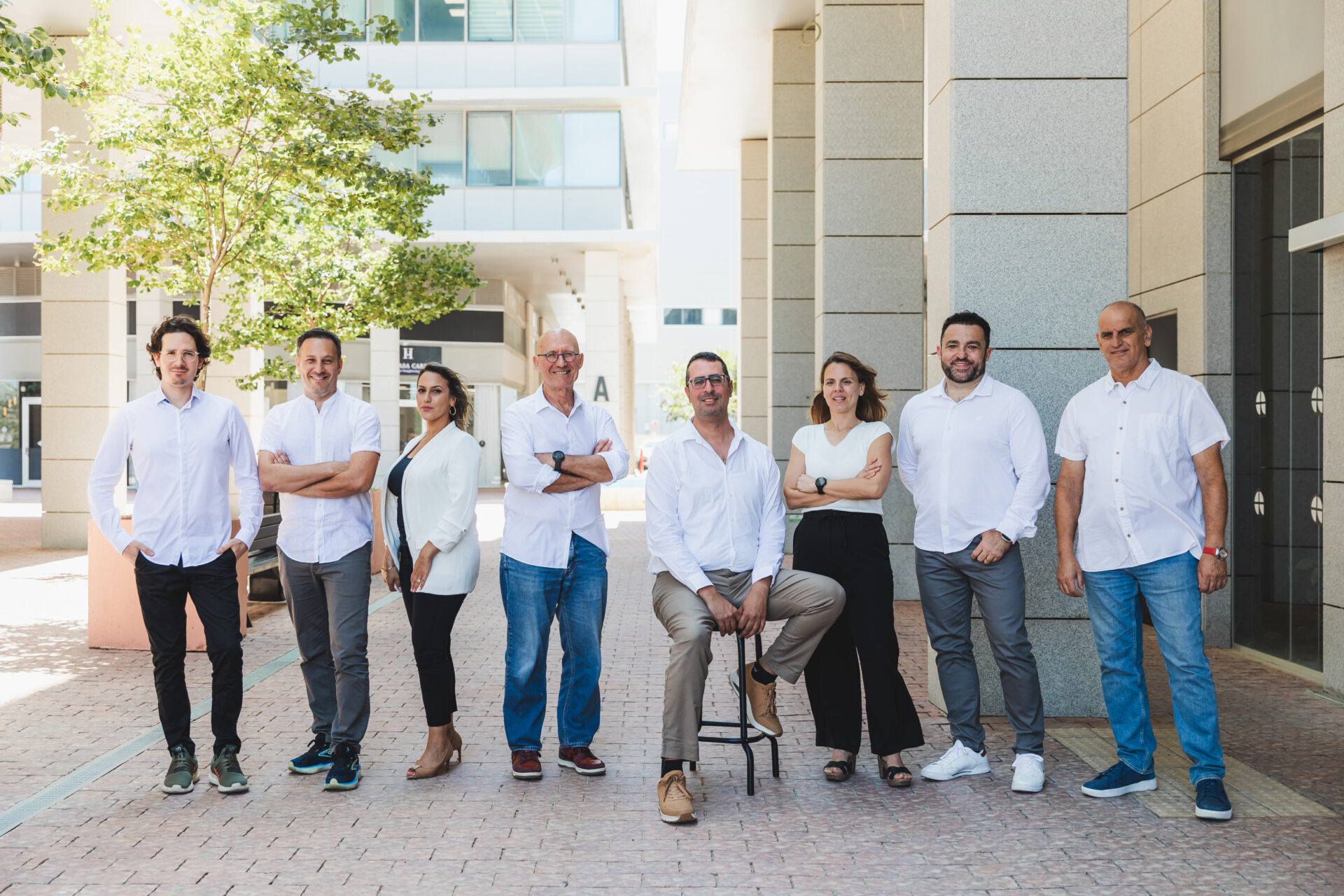Key Takeaways
- Israeli startup Novella is developing natural preservatives through plant cell culture, partnering with Metaphor Foods to enhance ingredient availability and quality in food products.
- The partnership aims to replace synthetic preservatives, focusing initially on meat and poultry, with potential expansion to other food categories and pet products.
- Novella’s innovative approach uses whole plant cells to produce bioactives, offering a scalable and stable alternative to traditional natural preservatives in response to supply chain challenges.
Innovative Food Preservation through Plant Cell Culture
Natural preservatives such as mixed tocopherols and rosemary extracts are becoming increasingly popular as food manufacturers strive for clearer labeling. Novella, a foodtech startup based in Israel, is exploring a new frontier in this area by utilizing plant cell culture to create high-value preservatives with unique functionalities.
Unlike traditional agricultural methods that rely on sunlight, soil, and water, Novella cultivates plant cells in bioreactors, allowing for controlled and efficient production of botanicals. As global supply chains face growing instability, this innovative method may provide a more consistent source of natural ingredients.
To strengthen its market position, Novella has entered a strategic partnership with Metaphor Foods, the innovation arm of Hela APAC, a major player in food ingredients and private labels. This collaboration, valued at $10 million over seven years, specifically targets the preservation of meat and poultry products, with a commercial launch planned for early 2026. CEO Geoff Gordon highlights the broader revenue potential across various categories, including dairy, seafood, baked goods, alternative proteins, and pet food.
Initial trials conducted at the Hela-Schwarz application labs have shown promising results, with Novella successfully replacing existing natural antioxidants, reducing costs, and extending shelf life by 30%. These natural alternatives not only address consumer preferences for clean-label products but also minimize environmental impact compared to traditional synthetic options.
Novella’s unique approach focuses on developing its preservatives from plant cells rather than from fully grown plants. Conventional natural preservatives often come with drawbacks like off-flavors, inconsistent efficacy, and supply chain disruptions. According to cofounder Itay Dana, Novella’s methods provide a consistent and scalable solution. The company isolates bioactive compounds—such as alkaloids, terpenes, and polyphenols—from plant cells, optimizing them for stability and functionality.
Regulatory considerations are also crucial for product launch. In various regions, whole plant cell products are not classified as novel, allowing for a potentially smoother entry into markets. Novella plans to first launch products in the US under the Generally Recognized as Safe (GRAS) classification, with further expansion into Australia and APAC markets before tackling Europe’s longer regulatory pathways.
Regarding production capabilities, Novella employs reliable stainless-steel bioreactors instead of more experimental plastic alternatives. Partnering with contract manufacturers in Italy ensures global production flexibility without the need for extensive in-house facilities.
Investor interest in Novella has grown significantly, attracting venture capital firms such as Plug and Play and Zora Ventures, alongside private investors. The company offers a blend of advanced technology and viable commercial applications, addressing a market that includes the burgeoning dietary supplement sector.
Looking ahead, Novella aims to enhance bioactive delivery formats with its upcoming product launches slated for late 2025, focusing on soluble powders like sachets and capsules. As regulatory approvals transpire, commercial sales are expected to commence in 2026, positioning Novella at the forefront of a transformative approach to food preservation.
The content above is a summary. For more details, see the source article.















